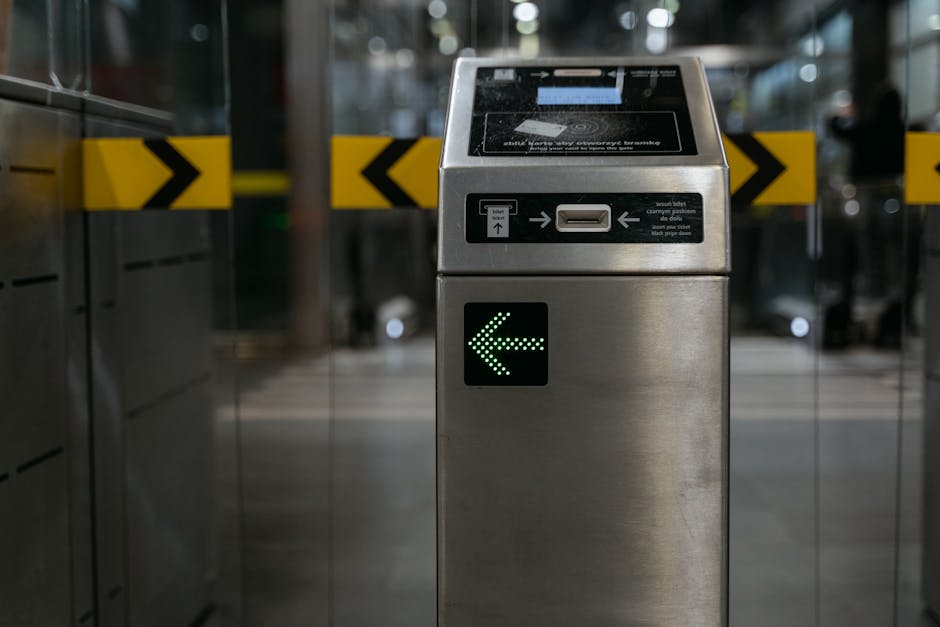Revolutionizing Commute: Green Transport Solutions
Did you know that transportation is one of the biggest contributors to greenhouse gas emissions? It accounts for nearly 29% of total emissions in the United States alone. As cities grow and populations rise, finding greener ways to commute has never been more important. But what are green transport solutions, and how can they make our lives better?
What Are Green Transport Solutions?

Green transport solutions focus on reducing our environmental impact when we travel. These methods use fewer resources, produce less pollution, and promote sustainable practices. They include options like walking, cycling, electric vehicles, and public transportation.
So why should we care? Because the air we breathe and the planet we live on matternow more than ever.
Why Choose Green Transport?

Switching to green transport offers numerous benefits:
- Healthier Living: Walking or biking promotes physical fitness.
- Cleaner Air: Fewer emissions lead to better air quality.
- Savings: Green transport can reduce fuel and maintenance costs.
- Less Traffic: Efficient transport options can ease congestion.
By making small changes, we can all contribute to a healthier planet and a better quality of life.
How Can I Go Green on My Commute?

There are many ways you can adopt greener commuting methods. Here are some practical options:
1. Walking: The Easiest Choice
Walking is one of the simplest ways to reduce your carbon footprint. It’s free and keeps you active. If your destination is close enough, consider leaving the car behind.
Tip: Make walking part of your daily routine. Walk to work, school, or even the grocery store when possible.
2. Biking: A Fun Alternative
Biking is not only environmentally friendly but also a great workout. Many cities are adding bike lanes and rental programs to encourage cycling.
Did You Know? The number of bike-sharing programs in major cities has doubled since 2010. This makes it easier than ever to grab a bike and ride!
3. Electric Vehicles: The Future of Driving
Electric vehicles (EVs) are gaining popularity. They produce zero tailpipe emissions and are often cheaper to run than gas-powered cars.
Fact: EVs can save drivers about $800 a year in fuel costs. Plus, many states offer tax incentives for purchasing an electric car.
4. Public Transportation: A Community Effort
Taking the bus, train, or subway can significantly reduce the number of cars on the road. Public transportation is often more efficient, too, allowing you to relax during your commute.
- Cost-Effective: Monthly passes can save you money.
- Less Stress: No need to find parking or sit in traffic.
Many cities are investing in better public transport options, making it easier for people to switch.
What About Carpooling?

Carpooling is another easy way to go green. By sharing rides with others, you can cut down on gas costs and reduce emissions. it’s like carpool karaoke but without the singing!
Key Benefits of Carpooling:
- Lower fuel costs.
- Less wear and tear on your vehicle.
- More social interaction.
Many apps help you find carpool partners. You can also check local bulletin boards or community groups to connect with others.
Can Technology Help Us Commute Greener?
Absolutely! Technology plays a vital role in green transport solutions. Here are a few examples:
1. Ride-Sharing Apps
Apps like Uber and Lyft have made it easier to share rides. You can request a ride with just a few taps on your phone. This can reduce the number of cars on the road.
2. Navigation Apps
Apps like Google Maps help you find the quickest route, whether you’re driving, biking, or walking. They can suggest public transport options, making it easier to choose a greener way to travel.
3. Smart Traffic Systems
Many cities are implementing smart traffic signals that adapt to real-time traffic. These systems can minimize delays and reduce emissions from idling vehicles.
What Are the Challenges of Going Green?
While there are many benefits, switching to green transport can have challenges. Here are a few common ones:
- Infrastructure: Not all areas have bike lanes or reliable public transport.
- Cost of EVs: Electric vehicles can be more expensive upfront.
- Time: Some green options may take longer than driving.
However, many cities are working to improve infrastructure and make sustainable commuting options more accessible.
Are There Government Initiatives for Green Transport?
Yes! Many governments are investing in green transport initiatives. This can include funding for public transportation, bike lanes, and electric vehicle charging stations. For example, the U.S. government has set a goal to build 500,000 EV charging stations by 2030.
According to the EPA, expanding electric vehicle access is crucial for reducing emissions and improving air quality.
How Can I Advocate for Green Transport in My Community?
Everyone can play a role in promoting green transport. Here are some ways you can help:
- Join local groups: Many communities have organizations focused on sustainable transport.
- Share information: Educate others about the benefits of green commuting.
- Attend town hall meetings: Voice your support for better public transport and bike infrastructure.
Your voice matters! Advocating for green transport can lead to real change in your community.
what’s Next for Green Transport Solutions?
As technology improves and awareness grows, the future of green transport looks promising. Innovations like autonomous electric vehicles and hyperloop systems could revolutionize how we travel.
In the meantime, every small step counts. Whether you walk, bike, or use public transport, you’re making a difference. Together, we can create a cleaner, greener future for everyone.
Actionable Takeaways
Ready to revolutionize your commute? Here are a few actionable steps:
- Try walking or biking for short trips.
- Look into local public transport options.
- Consider carpooling with coworkers or friends.
- Research electric vehicles if you’re in the market for a new car.
Every effort counts. By embracing green transport solutions, we can all contribute to a better world.
Remember, the journey to sustainable commuting starts with you!

